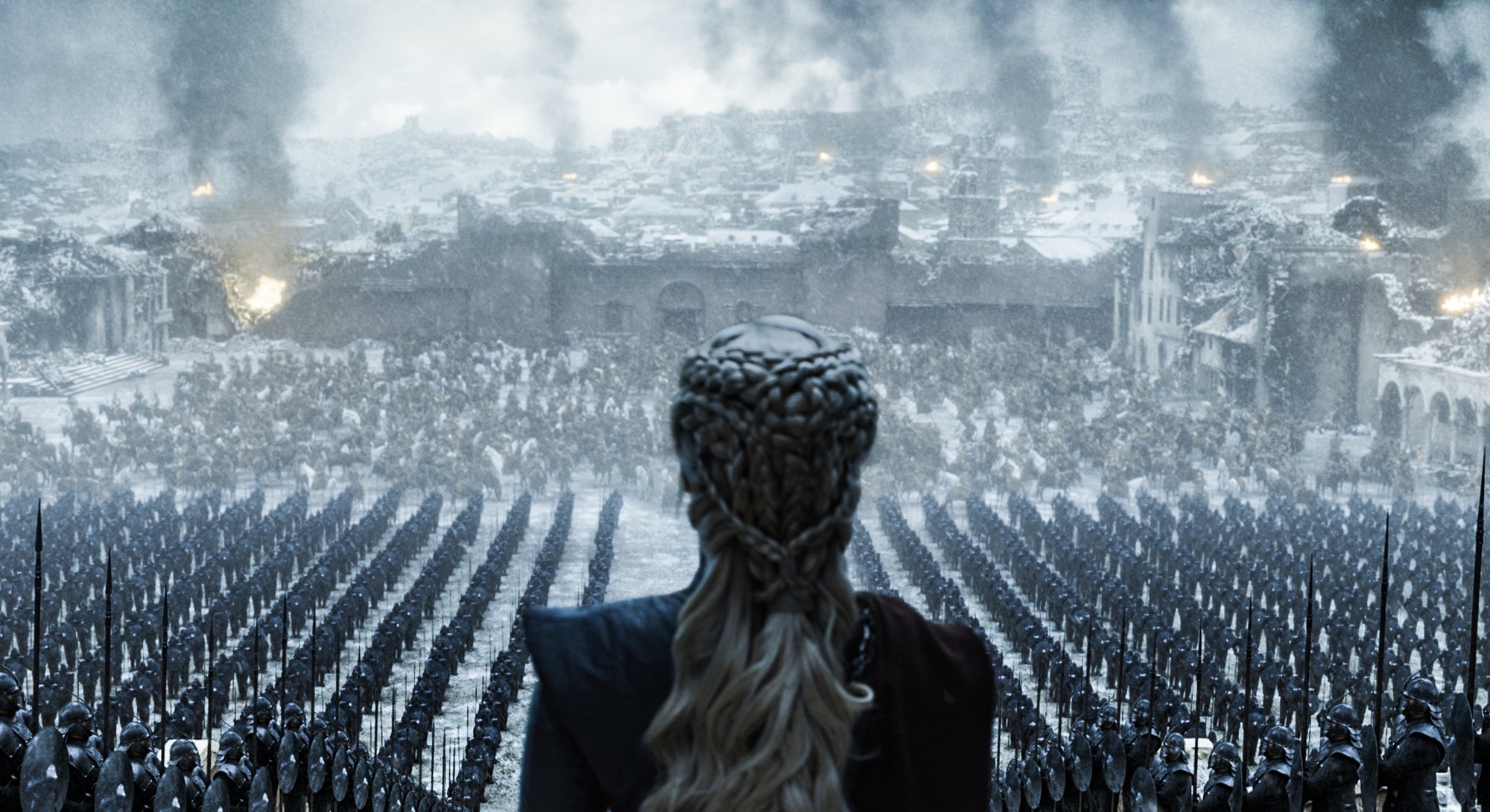Table of Contents Show
Dragons, war, romance, magic, political strife — Game of Thrones had it all. Its raunchiness and extensive battle scenes had fans hooked from the beginning, and it even clocked in at #11 on IGN’s “Top 100 TV Shows of All Time,” just behind Seinfeld and The Simpsons. People who had never been interested in fantasy media suddenly found themselves captivated by HBO’s newest epic fantasy drama; they found themselves googling George R.R. Martin and going to their local bookstores to grab boxsets of A Song of Ice and Fire.
And then Game of Thrones‘ eighth and final season aired, and suddenly, the enthusiasm that fans had once felt was turned on its head. Khaleesi’s sociopathic madness seemingly didn’t have enough character progression to justify it. Bran Stark seemed to be no one’s first choice for king. Jaime Lannister’s character development, that so many fans were already satisfied with, took a turn for the worst when he chose his widely hated sister over his newfound romance with Brienne. The writing mistakes piled up — even the actors seemed defeated in their interviews.
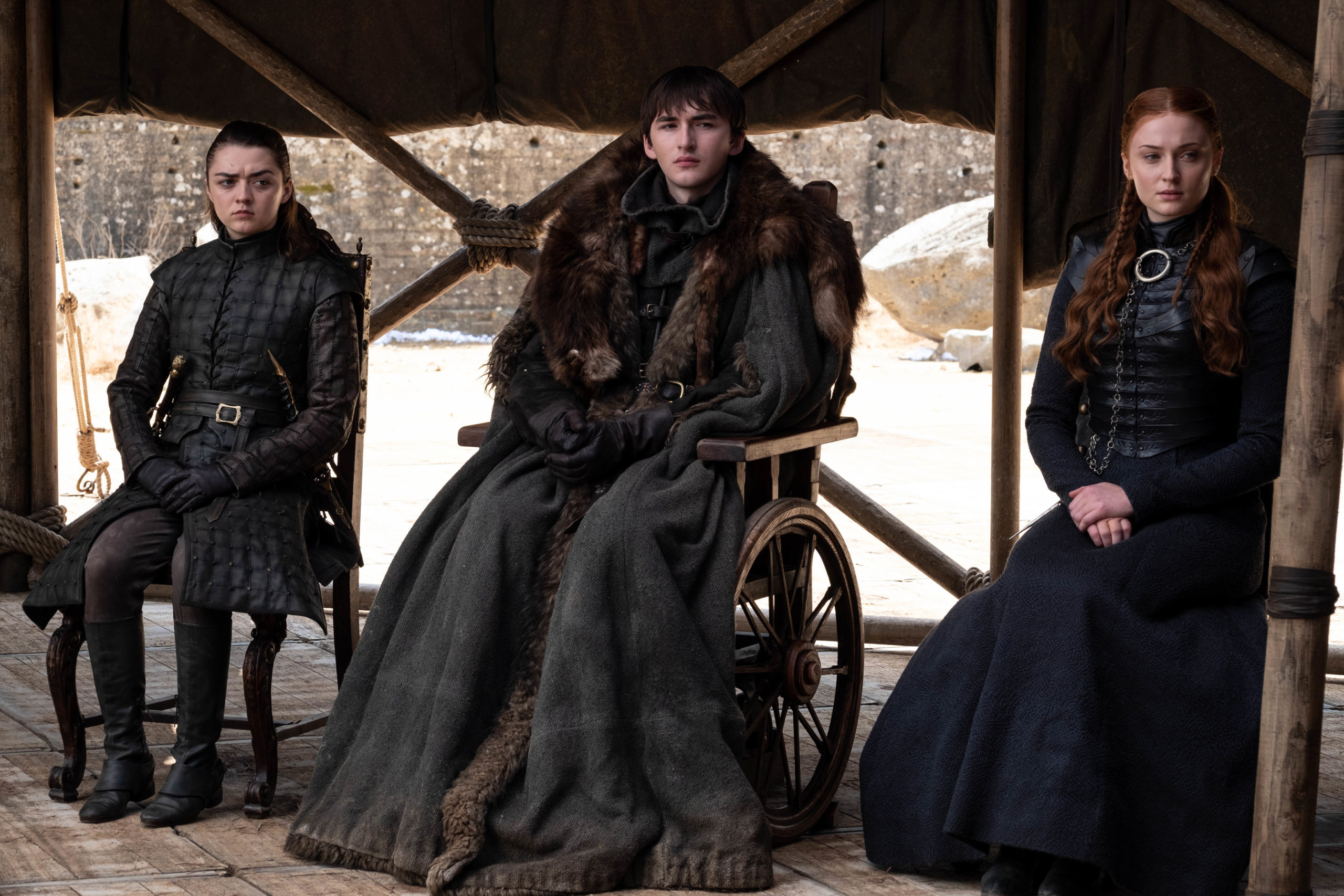
In fact, fans’ disappointment with the end of a beloved series was so strong that it practically wiped Game of Thrones off our collective cultural radar. Many people refuse to rewatch it, and show-related discourse that once littered the internet is now nowhere to be found. But as disappointing as the ending was, it’s important to recall the reasons why we loved the series in the first place. Despite its finale’s shortcomings, Game of Thrones still deserves recognition for its success at layering long-form plots, its attention to character development, and its massive cultural impact during its airtime.
Plots On Plots On Plots
While the plotlines themselves largely may not have had satisfying conclusions, it would be a mistake to discount Game of Thrones‘ success at having so much going on at once. From the very beginning, we see character-related and political plots in multiple places: King’s Landing, the North, Essos. While Ned Stark uncovers incest and deception amongst the Lannisters in King’s Landing, Jon Snow joins the Night’s Watch at the Wall, and Daenerys, in an entirely different continent, begins to find her own strength after an arranged marriage and abuse by her brother.
Anyone who’s seen the entirety of Game of Thrones‘ eight seasons knows that the fates of all of these families become intertwined by the end, but for many seasons, these characters never meet. We watch Jon and Sam encounter Wildlings and White Walkers beyond the wall, Daenerys make her way to Qarth and Meereen with her dragons, Robb declare war and meet his fate at the Red Wedding, Sansa and Arya battle their way out of captivity in King’s Landing, Stannis and Renly Baratheon seek the throne — the list goes on. These characters develop in their own ways as dozens of plots unfold before the viewer.
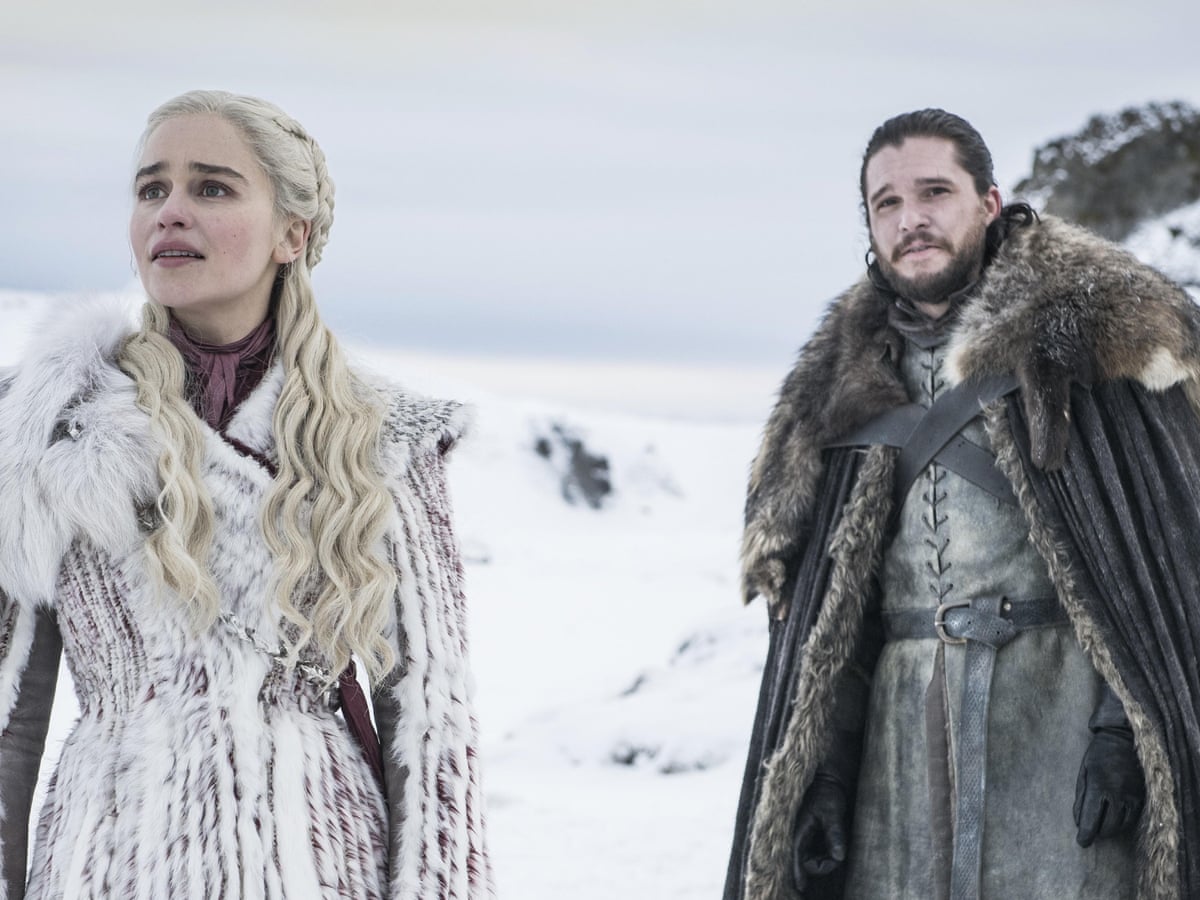
Many other shows, fantasy or otherwise, have not even attempted this feat. After all, it can be difficult to keep the timeline and characters straight if too much is happening at once (take Netflix’s The Witcher series, for instance — it was easy for people who had never read the books to get lost in the timeline). Game of Thrones pulls it off, though, to the point where it’s impossible to name only a handful of main characters like you can in other shows. Enough weight is given to each of their plotlines that everything feels equally important. We’re as invested in Khaleesi’s rise to political power as we are watching Jon Snow come face to face with White Walkers in the iconic Hardhome battle, despite the fact that these events take place hundreds of miles away from each other.
Furthermore, Game of Thrones takes its time with its plots. The bulk of the seasons pass before Daenerys, and Jon even meet, let alone become romantically involved. The White Walkers appear in the opening scene of the show, but they aren’t defeated in a full-scale war until one of the very last episodes. Cersei holds onto the throne in King’s Landing with an iron grip up until the final battle in season eight, which viewers looked forward to all series long. The plots are many, and they’re long, but Game of Thrones successfully tells multiple stories at once — a feat that Martin’s books accomplished first but is arguably much harder to pull off on screen, given the time and financial restraints for each episode.
Game Of Thrones‘ Success At Character Development
In addition to praising the plot structure, it’s also worth praising the show’s attention to character. Now, there are some stipulations to this: many people disliked show writers’ decision to throw sexual assault into Sansa’s story (that wasn’t originally in the books) as a way to prompt character development, just as many others were upset with choices Khaleesi and Jaime make at the end of series because they seem out of touch with their characters. Despite these shortcomings, there’s a multitude of examples that demonstrate that Game of Thrones‘ writers were overall successful at developing these beloved characters.
Take Sansa, for instance. In season one, we see a young girl who’s too scared and restricted by societal and familial expectations to show any strength. She has little to no agency and often doesn’t defend herself against attacks on her character or family.
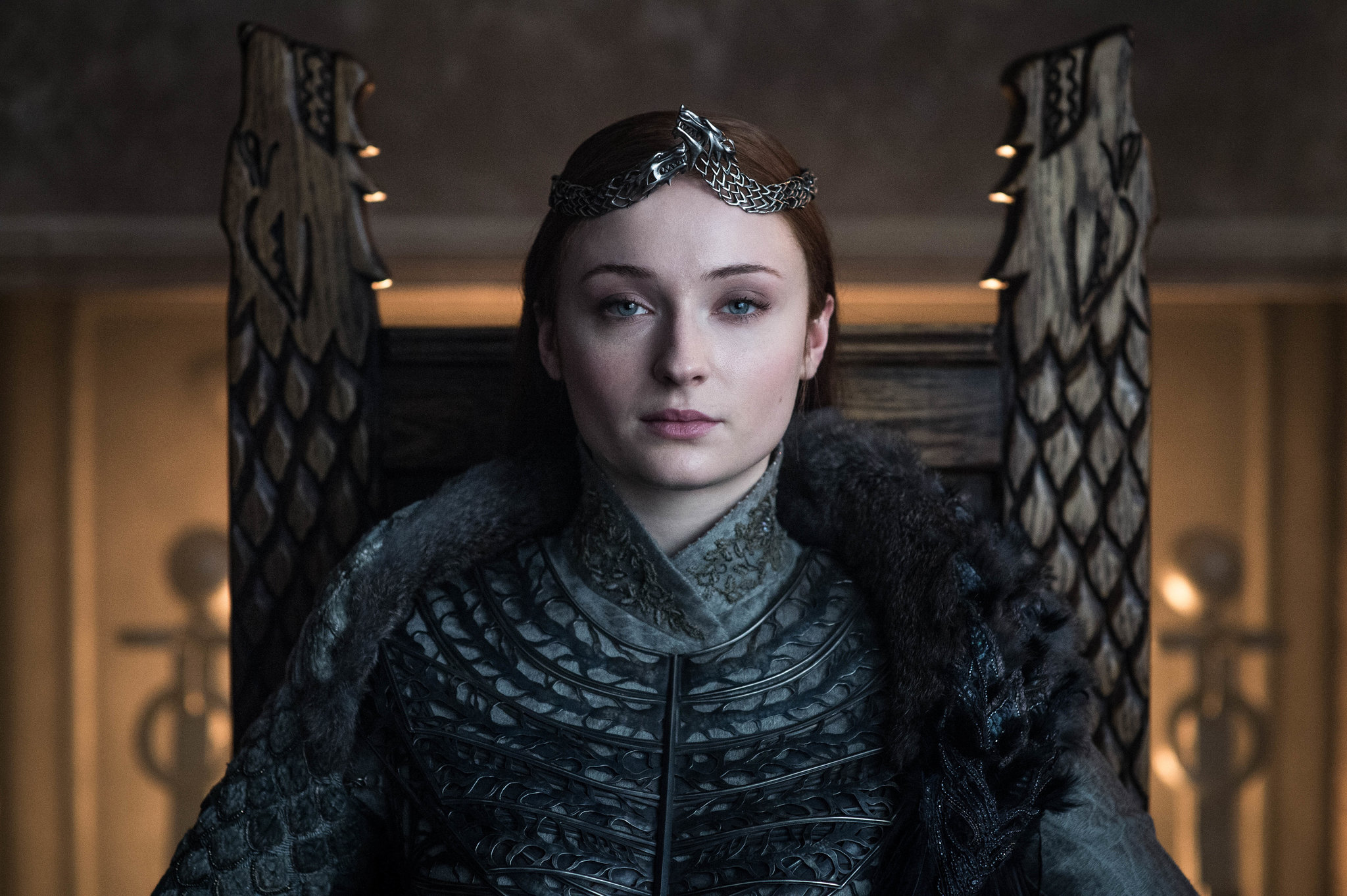
Season eight’s Sansa Stark is a very different woman, however. After enduring countless losses (her father, her brothers), abuse (at the hands of Joffrey and then Ramsay), and manipulation (by Cersei and Baelish), there isn’t much that can stop her from pursuing her goals and defending her home. She becomes the Queen in the North and, no longer the sheepish and frightened girl she once was, stays a step ahead of her enemies — as we saw with Petyr Baelish’s calculated execution — and unites with allies she doesn’t necessarily like to defeat the White Walkers. She has an abundance of agency, and it makes sense given how much she had to fight through alone and how we as an audience have watched her grow from season to season.
The same can be said for Daenerys. She’s only a teenager when her abusive brother marries her off to the much older Khal Drogo in season one. She is hurt physically and repeatedly sexually assaulted throughout this season, and in seasons to come, she faces betrayal by her closest confidants, including Doreah and Ser Jorah Mormont. We watch her get hurt repeatedly, and we also watch her successes, particularly in outsmarting slavers in Meereen and killing off enemies in the House of the Undying. By season eight, she is one of the fiercest women in the Seven Kingdoms. She has become harder and stronger and gone from having quite literally nothing to having dragons, an army, and a group of loyal advisers. She’s ready for war.
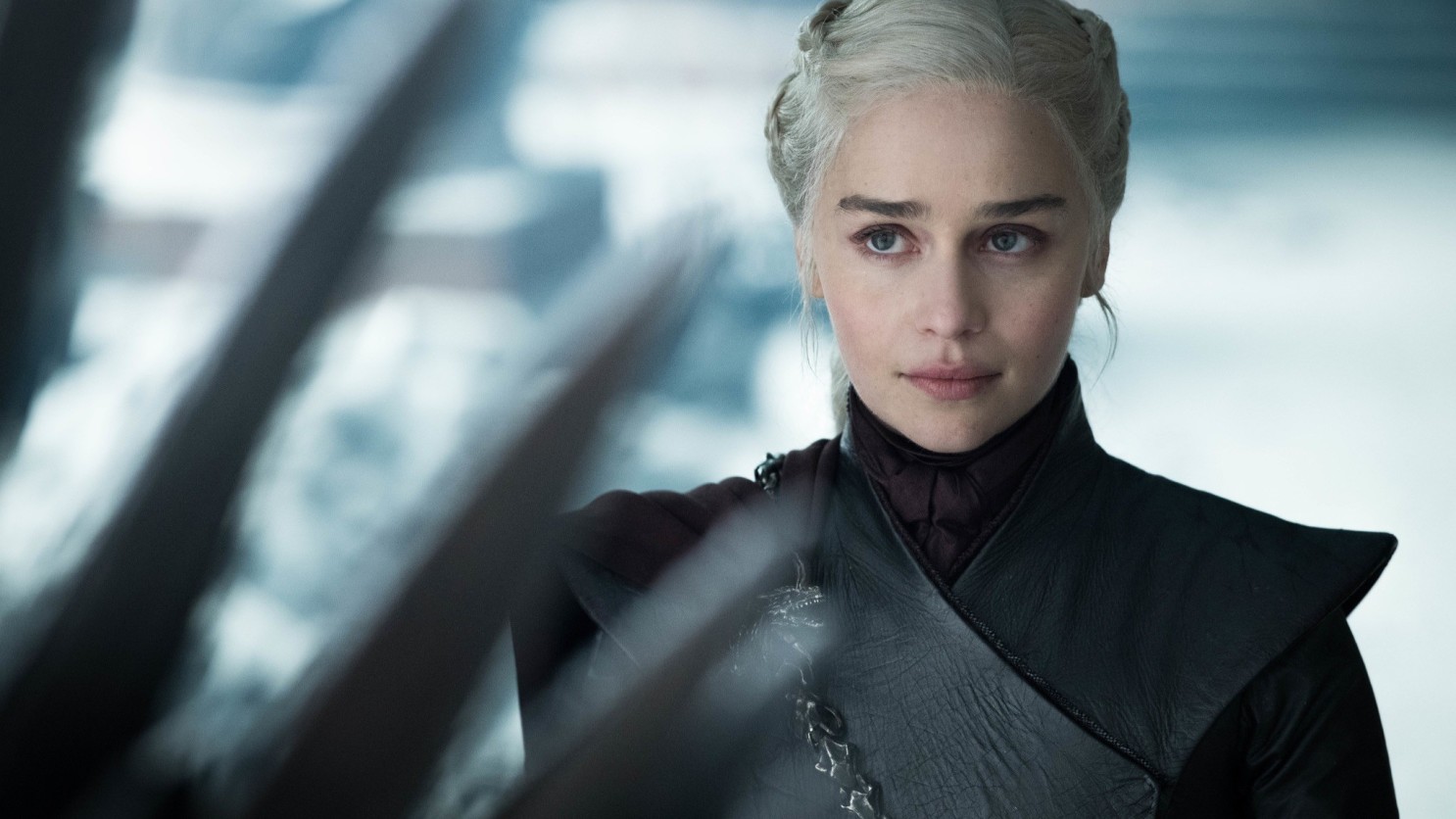
Jaime Lannister is yet another character on this list. Despite that fateful and much hated last choice to rejoin Cersei in season eight, his character development up until that point was some of the strongest in the series. In the first two seasons, he’s arrogant, snarky, self-obsessed. He cares nothing for anyone but his sister. He only begins to develop real empathy after traveling some time with Brienne of Tarth, who is assigned to escort him to King’s Landing after he’s released from the Starks’ captivity. We watch him grow loyal connections to people who aren’t his immediate family, and we watch him endure the pain of losing all of his children alongside Cersei.
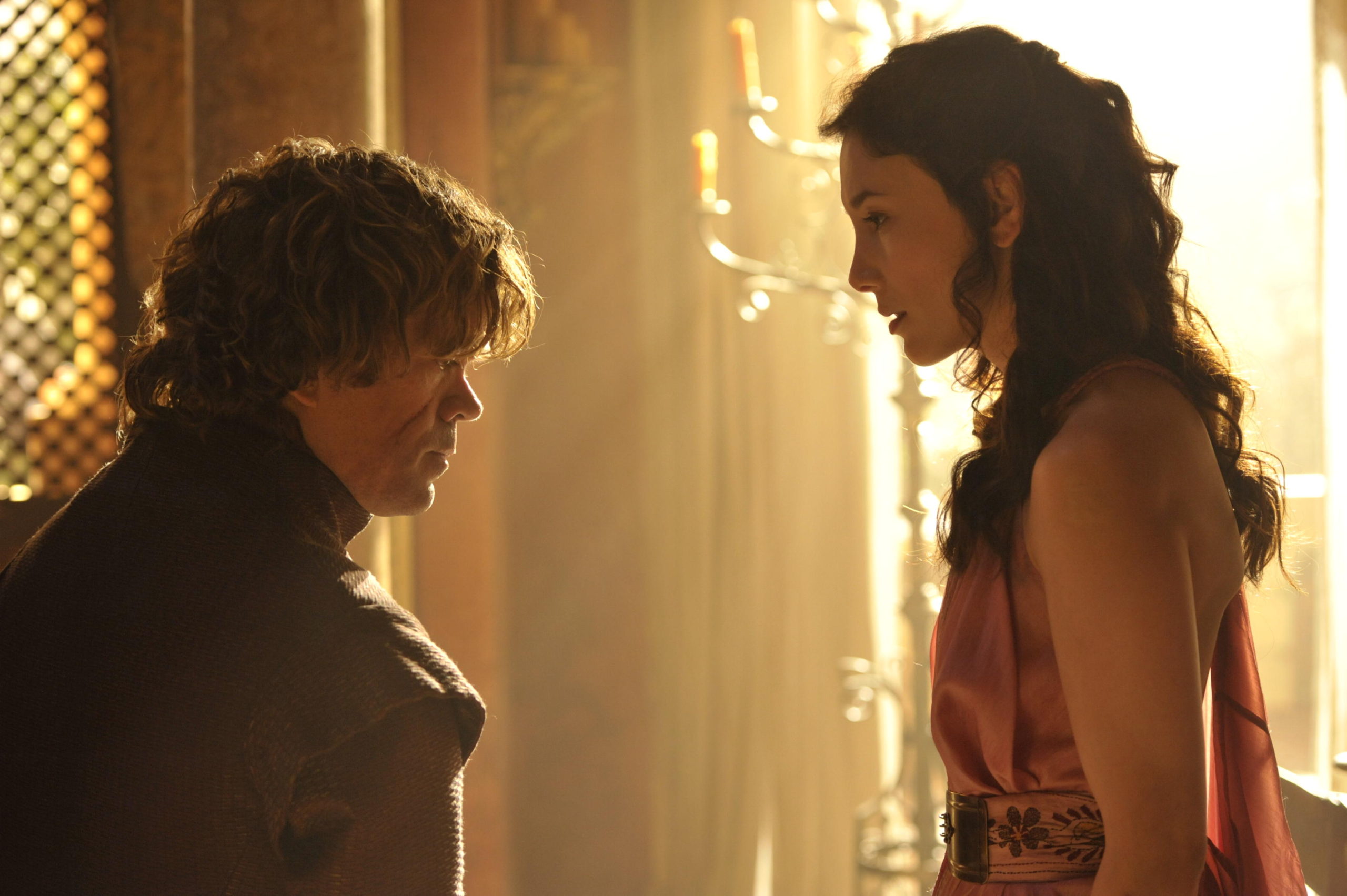
He is arguably a much better and more likable person by season eight than he is at the beginning of the show. Theon Greyjoy goes from betraying the Starks out of insecurity to holding his own and pledging loyalty to them once again. Tyrion Lannister buries all of his feelings in women and wine until he meets Shae and falls deeply in love with her. Arya Stark moves away from the rebellious child she once was to become one of the most dangerous assassins we meet in the show and, ultimately, the hero that puts down the White Walker army. Even if viewers were disappointed in some aspects, it’s undeniable that these characters, overall, are captivating, and the bulk of their character development makes sense.
The Cultural Phenomenon Of Game Of Thrones
Perhaps the one thing that everyone can agree on is the fact that Game of Thrones took viewers by storm during its runtime. Its cultural impact is undeniable. There is still an abundance of merchandise available in stores that sell clothing and knick-knacks, most people have seen it before or at least heard of it, and it’s now also infamous for its disappointing final season. For years, people were identifying themselves with warring family names from the Seven Kingdoms (Baratheon, Stark, Targaryen) the same way they identified with Hogwarts houses. The phrase “I drink and I know things” was getting printed on shirts and mugs. Fans were attending conventions and having watch parties and making art on a scale most show and movie franchises never see.
The show is by no means perfect — no piece of media really is — but clearly, it has enough merit to have warranted a cultural obsession for nearly a decade. As much as fans may have fought and argued and lamented with one another about the show’s ending, the way it permeated our culture so deeply for so many years speaks to Game of Thrones‘ success. The same can be said for its writing: even though it fell short at several points throughout the series, it was successful enough in terms of plot and character to captivate people across the country.
